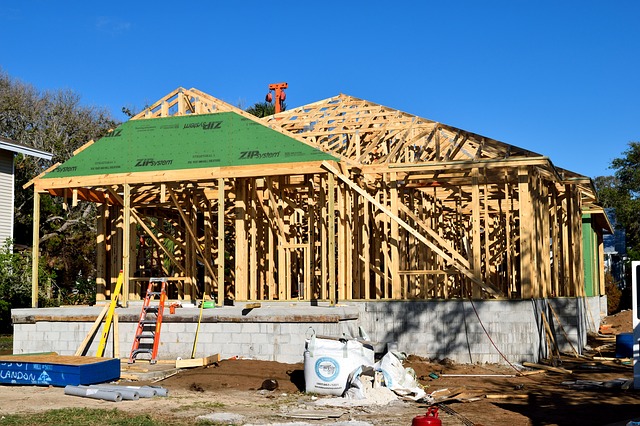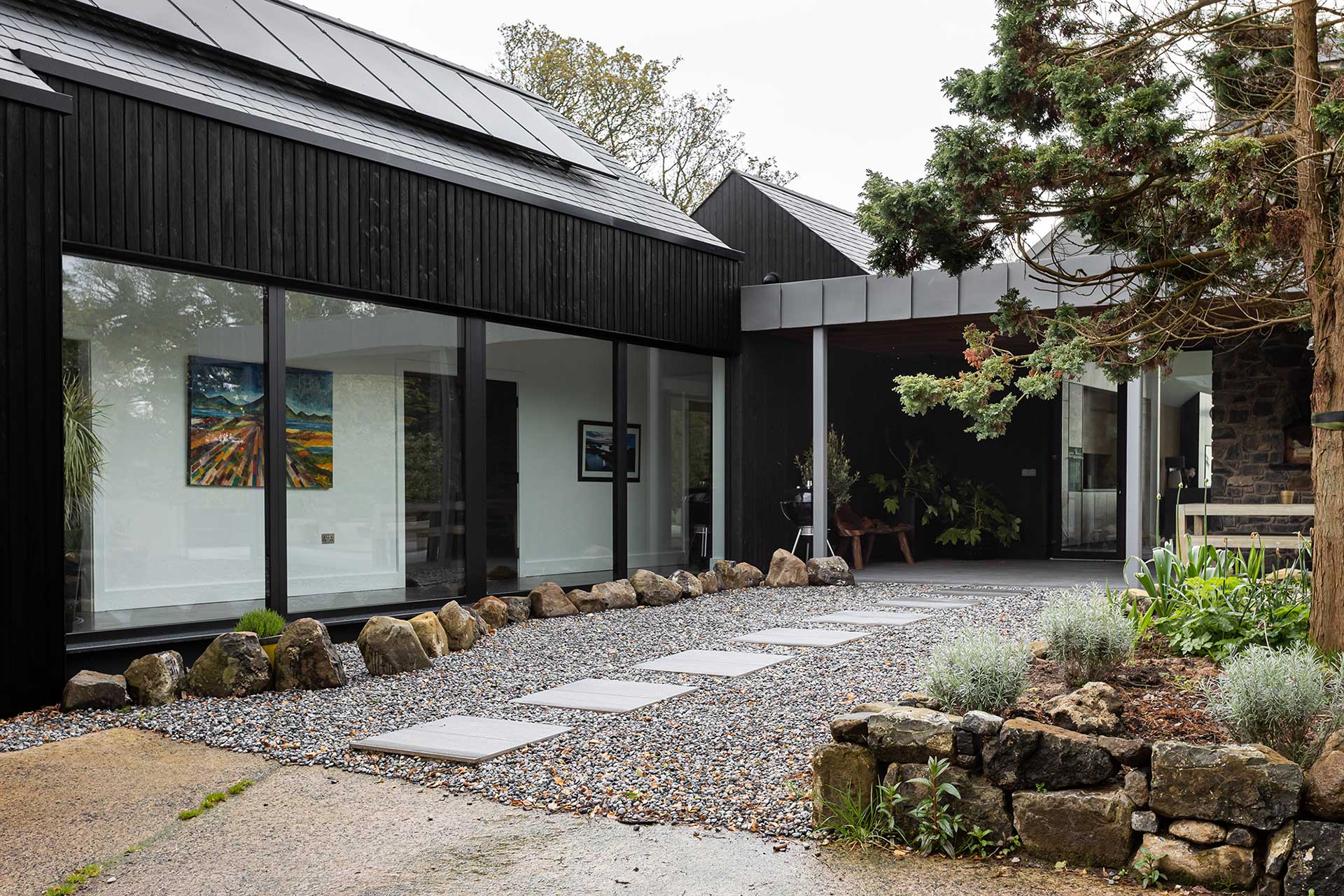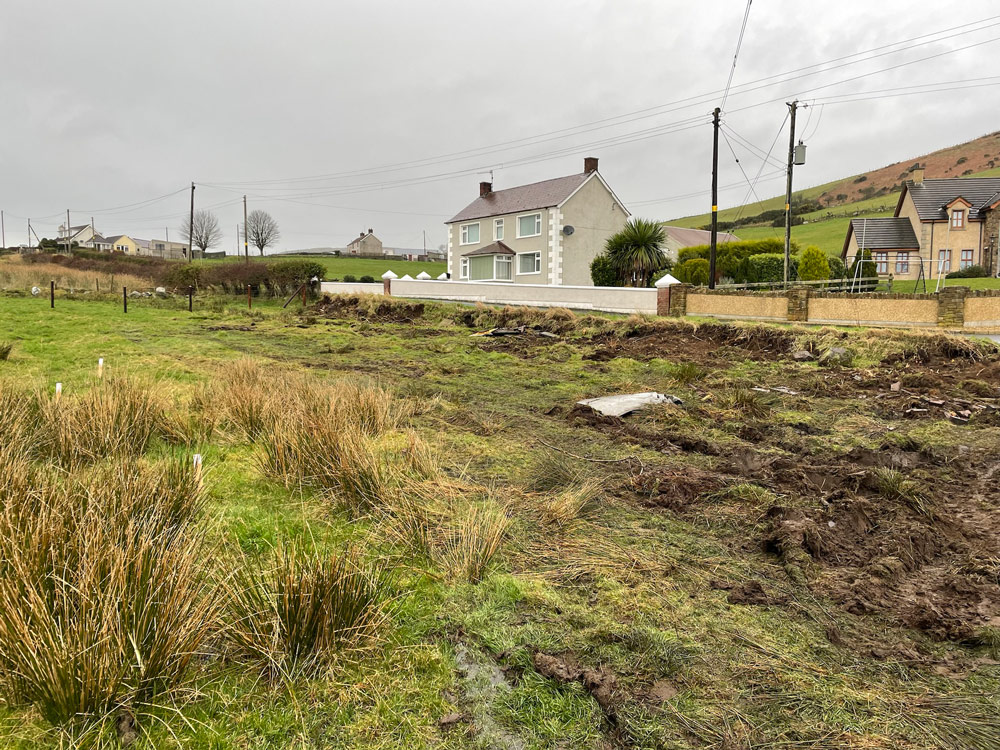The following types of insurance may all be relevant to your individual project at some time.
Public Liability Insurance
As the name suggests this covers you in respect of your liability to members of the public, which in the main refers to people who are not employed by you. This will include visitors to your site for whatever purpose, regardless of whether they are there with your consent or not, including trespassers. Your liability will extend not just to personal injury but also damage to property whether incurred within the curtilage of your site or as a direct result of the existence of your site, e.g. your scaffold falls over onto your neighbour or his car or mud from your site results in a road accident. Public Liability insurance is often regarded as the most important policy you can buy as the potential claims made against you can be huge due to the fact that both compensation and legal costs will be involved. The cost of such a policy can be quite small depending on whether you have a clear site or a substantial range of existing buildings.
Employer’s Liability Insurance
A building contractor, who has employees, is required by law to have an Employer’s Liability policy. If this is your build route choice then it is important to visually check your builder’s policy to ensure it is current and that it has suitable cover limits; a cover in the region of £10 million or €10 million is not unusual. Those who are registered with a trade organisation are likely to have their policies verified but it’s important to get confirmation. If their policies are due for renewal during your build, make sure that they have been renewed.
If you are project managing the build yourself then from an insurance perspective you are deemed to be an employer. Employer’s Liability insurance will cover you in the event that a person deemed to be an employee of you or a subcontractor has an accident on your property, where such an accident may be construed to be your fault. It is not enough to rely on each subcontractor having their own insurance. Even if they do, one of their employees may sue either you or the subcontractor or both.
Site Insurance
Site Insurance is also known as Contract Works insurance and it is similar to that carried by a building contractor under the title Contractors All Risk insurance. Basically this covers your works for losses caused by fire, flood, theft, vandalism, delivery vehicles, etc., and can be extended to include cover for plant and tools, (either owned or hired in), as well as storage containers, offices and their contents. More importantly it will provide for the cost of rebuilding the structure should any of the aforementioned calamities befall your project. This insurance will cover your build at every stage and not just upon completion. The value of materials will also be covered as soon as they become yours, whether stored on or off site.
As there are many choices to be made when taking out such insurance it is important to fully understand the value of the cover provided, as well as the excess amounts to be borne by you in the event of a claim. If you are using a building contractor then again it is important to check that his insurance is current and that the maximum contract value stipulated on his policy is large enough to cover the value of your works. Remember, the cost of replacing say a structurally damaged building will have to include the cost of removing the damaged building, all necessary additional under-building, the replacement construction costs as well as potential additional professional fees. This can mean substantial costs over and above the actual replacement building costs, so your insurance must accommodate this potential upper limit of required cover. Similarly if using a builder then the maximum contract value stated on his policy must be the full potential replacement costs.
Always note in your site diary the renewal dates for any insurance policies carried by your builder or subcontractors and check that they have been renewed as appropriate.
Perhaps one of the most important things to understand is that site insurance will provide you with cover for a new building (or portion of additional structure to an existing building), but will not include any cover for the existing structure. The insurance required to cover existing buildings would be part of your existing building’s insurance or a new and separate policy if you have just purchased the building to be converted, renovated or extended. If the existing building is of very low value but is required to be in existence to validate your planning approval then the level of insurance cover attained must reflect the risk of losing the right to proceed should something happen to the existing structure.
If you are extending or renovating an existing building it is very important to inform your home insurance provider of the work you are undertaking. Most insurance policies may be extended to provide additional cover depending upon your project, but may be subject to limits and conditions. Any work which can affect the level of risk to your existing property may incur additional premiums to be paid. This extra cost will be insignificant in comparison to the losses incurred by your insurance provider repudiating a subsequent claim. If using a building contractor then discuss the possibility of having his insurance extended if need be. It is best to clearly define the limit of each party’s liability and ensure that any additional cover required falls under an additional policy, which may be issued in joint names.
Some lenders may require you to have site insurance and may also have an input as to what level of cover should be obtained.
Self-build Insurance
Basically this is a package which covers your project for all the major constituents of Public Liability, Employer’s Liability and Site Insurance. Although this comprehensive insurance may be cheaper than individual policies, the old maxim ‘cheap is not always best’ may still apply. Always check the values, excess amounts and conditions to be sure you have more than sufficient cover for each individual requirement. Separate policies with higher premiums may provide more control and choice over what cover you receive. One potential advantage of self-build policies is where insurance companies allow you to convert your package into Building Insurance if your project is completed prior to the date the policy is to expire.
JCT Clause 21.2.1. Insurance
JCT 21.2.1 Insurance covers you for any expense, liability, loss, claims or proceedings as a result of damage to surrounding property due to work undertaken by you or your builder where such work has been carried out correctly. The bottom line is that any work undertaken within your site must not affect neighbouring properties. Such damage occurring due to negligence or accident will be covered under your Public Liability insurance. However, any work which has been undertaken correctly can still have an adverse effect on neighbouring property. Examples include damage caused by excavation, piling, demolition or underpinning such as subsidence, vibration or weakening of support structures, or a raising of the water table. The geology and landscape of your site as well as your proximity to other properties will all have a bearing on the level of risk you may face. A structural engineer, surveyor or architect will advise you as to any requirement for this type of insurance. Any policy issued should be in both your name and the name of the contractor to ensure all parties are protected.
Third Party Insurance
Third party contractors, such as those connecting drainage or utilities, may require you to have short-term insurance to cover their visit.
Home Insurance
This is the type of insurance you require once you have completed the construction of your house. It should be applied for immediately upon completion, prior to moving in so that you do not have a gap in your insurance cover. There are a number of variations depending upon what you need. Some mortgage companies provide insurance policies that cover the building structure (Buildings Insurance) as they require you to have it in order to release your mortgage monies (it may also be an opportunity for them to generate additional business). This leaves the homeowner to obtain insurance for the contents only. Fixtures and fittings such as kitchens and the like are considered to be part of the building fabric and are covered under the Buildings Insurance. Other policies cover both buildings and contents. Tenants in a rented property would normally only require Contents Insurance as the building itself is usually insured by the property owner. The tenancy agreement will normally show if you are responsible for insuring, or paying the cost, of the building insurance.
As mentioned earlier, some self-build policies may allow you to convert your insurance into Home Insurance after construction has ended. Whatever the combination of insurance you retain during and after the construction, it will be important for you to fully understand what your insurance covers and the period for which it is covered. Insurance periods are normally measured in yearly increments, with provisions for early cancellation – although possibly with a financial penalty. Insurance provided specifically with the self-builder in mind can be more accommodating, e.g. two year periods with the possibility of extensions.
There has always been an unwritten advisory that you should over-insure your property to allow for inflation and other such considerations. It is certainly worth taking into account the value of your property as well as the potential cost of replacing it when deciding on the . When completing the annual renewal of the policy remember to review these values. It is always a good idea to include accidental damage on your policy if this is a discretionary addition.







